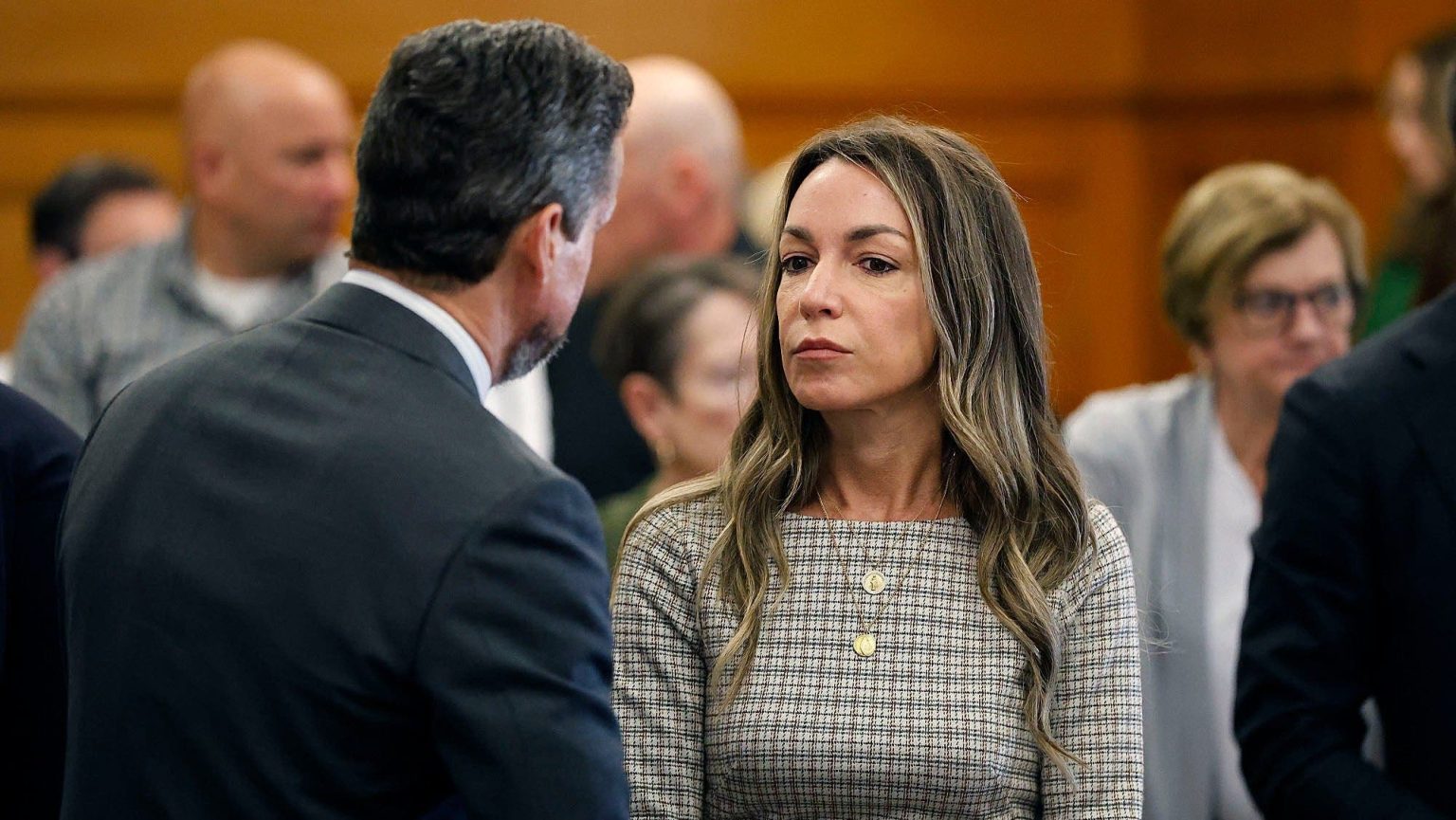The ongoing trial of Karen Read continues to capture public attention as new evidence comes to light. On Wednesday, a forensic expert testified that a significant Google search made by Jennifer McCabe occurred after the remains of John O’Keefe were discovered. This contradicts assertions from the defense that the search took place before O’Keefe was found, raising critical questions about the timeline of events. The trial hinges on the technical interpretations of digital evidence and the broader implications of this case for the parties involved.
| Article Subheadings |
|---|
| 1) Expert Testimony on Timeline of Searches |
| 2) Technical Details of Digital Evidence |
| 3) The Defense’s Strategy and Challenges |
| 4) Context of the Case and Previous Trials |
| 5) Implications for the Future |
Expert Testimony on Timeline of Searches
Recently, Jessica Hyde, a digital forensics expert, provided crucial testimony regarding a Google search made by Jennifer McCabe. Hyde confirmed with scientific certainty that McCabe conducted the search at 6:24 a.m., shortly after authorities discovered the remains of John O’Keefe. In the courtroom, Hyde affirmed that the timestamp supporting the defense’s argument—indicating the search occurred earlier at 2:27 a.m.—was inaccurately linked to when McCabe merely opened the browser tab, not the actual search. This testimony underpins the prosecution’s narrative that contradicts the defense’s claims about McCabe’s intent and knowledge at the time of the incident.
Technical Details of Digital Evidence
Hyde, during her testimony, elaborated on the process of analyzing digital evidence, utilizing technical terminology such as “hex editors” and “hash values.” She highlighted the intricate nature of data extraction and how even well-intentioned analysts could misinterpret findings if not acquainted with the methodologies. Defense attorney David Gelman expressed skepticism about the usefulness of such technical dialogue in engaging jurors, suggesting that it may have bored them and diverted focus from more critical arguments in the case. Gelman’s comments reflect a broader concern regarding jury engagement in trials that heavily feature forensic evidence.
The Defense’s Strategy and Challenges
The defense strategy, led by lawyer Robert Alessi, encounters significant challenges as they aim to question the reliability of expert witnesses like Hyde. Alessi attempted to reference a recent case in Maryland that called Hyde’s credibility into question. However, the judge ruled that such references were inadmissible, limiting the defense’s ability to undermine Hyde’s testimony in the eyes of the jury. During cross-examination, Alessi concentrated on the technical aspects of Hyde’s findings, trying to extract inconsistencies but ultimately faced the obstacle of a judge who appeared to favor the prosecution’s case. This highlights the uphill battle the defense faces in creating reasonable doubt about Read’s involvement in the alleged crime.
Context of the Case and Previous Trials
This trial marks a pivotal moment in a case that has undergone significant scrutiny and legal challenges. The previous trial concluded with a deadlocked jury, prompting the appointment of special prosecutor Hank Brennan to retry the case. Read stands accused of significant charges including murder, with prosecutors alleging that she fatally struck O’Keefe with her vehicle following a night of drinking. Read has steadfastly maintained her innocence, asserting she did not strike O’Keefe at all. The re-examination of evidence and testimonies from both sides is crucial to understanding the nuances at play, indicating the complexities faced by the jury in this high-profile case.
Implications for the Future
As the trial progresses, the implications for state law surrounding evidence and digital forensics could be substantial, especially in cases involving digital footprints. Jurors’ comprehension of technical evidence plays a critical role in shaping how such evidence is interpreted in future legal battles. The speed of technological advancements poses challenges for legal professionals to keep pace, particularly when presenting complex forensic evidence to a jury. Additionally, this case could impact how similar cases are approached in terms of witness credibility and the handling of digital evidence, further emphasizing the importance of accuracy and clarity in judicial processes.
| No. | Key Points |
|---|---|
| 1 | Expert testimony confirmed a Google search occurred after O’Keefe’s remains were found. |
| 2 | Defense arguments contradict the expert’s timeline about digital searches. |
| 3 | Defense attorney struggled to effectively counter technical testimony. |
| 4 | The case has undergone extensive legal review and faced jury challenges. |
| 5 | Outcome could set precedents for digital evidence handling in future cases. |
Summary
The ongoing trial of Karen Read illustrates the complexities involved in interpreting digital evidence and the implications such cases hold for judicial proceedings. Expert testimonies that draw upon scientific principles reveal the nuances determining the validity of digital searches in the context of legal arguments. As the trial unfolds, the ramifications for both parties and the broader legal landscape remain to be seen, particularly regarding how jurors engage with technical material that can decisively tilt the case.
Frequently Asked Questions
Question: What charges is Karen Read facing?
Karen Read is facing several serious charges, including murder, manslaughter, and fleeing the scene of an accident.
Question: Who is Jennifer McCabe in relation to this case?
Jennifer McCabe is a key witness whose Google search activity is under scrutiny and is pivotal to understanding the timeline of events related to the case.
Question: What implications could this case have for future legal proceedings?
The case may set important precedents for how digital evidence is interpreted and presented in court, particularly regarding jury comprehension of complex forensic data.


